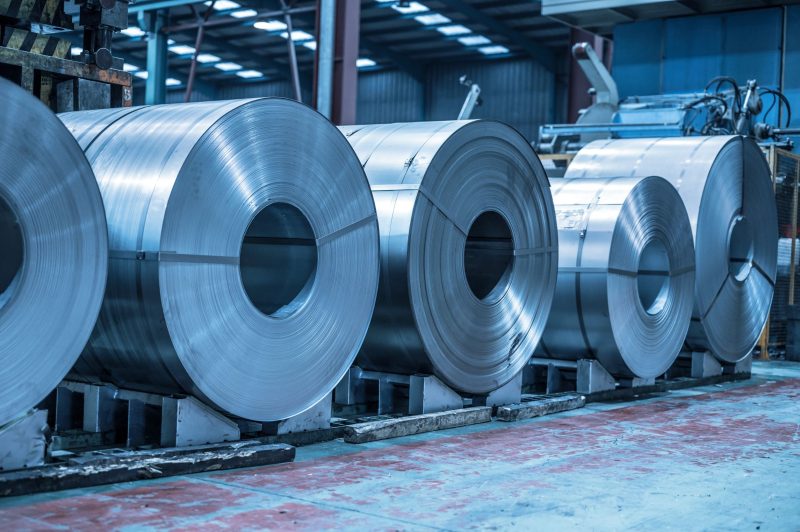Share prices of Asian metal producers fell on Monday due to US President Donald Trump’s plan to impose a new 25% tariff on all steel and aluminium imports into the US, Reuters reported.
The tariffs threaten to disrupt global trade flows for these metals.
The tariffs, which Trump said would be announced on Monday in addition to existing duties, triggered caution from steelmakers in Asia.
Possible impact of tariffs on steelmakers
Steelmakers have warned about the effect on prices, profitability, and volumes and raised broader concerns that it could escalate inflation and impede economic activity, according to the report.
The US government and American Iron and Steel Institute data reveal that Canada is the primary source of imported aluminium, as well as steel.
The other major sources of steel imports into the US are Brazil, Mexico, South Korea, and Vietnam.
The South Korean industry ministry convened an emergency meeting with steelmakers in Seoul on Monday to discuss strategies to mitigate the potential impact of tariffs.
An official at Hyundai Steel told Reuters:
We are concerned that the potential change would lead to export price hikes and reduction in the 70% quota volumes.
The annual quota of duty-free steel that South Korea can ship to the US is equivalent to 70% of the average volume shipped between 2015 and 2017.
This was agreed upon during the first Trump administration.
Previously, Hyundai Steel had announced it was thinking of establishing a new steel plant in the US to mitigate the effect of potential Trump tariffs.
The company supplies steel to Hyundai and Kia’s car plants in the US.
Shares of Asian steelmakers fall
Amid a widespread decline in South Korean steelmakers, Hyundai Steel’s shares dropped nearly 2.9%.
An official with Dongkuk Steel told Reuters that the US is a profitable market for the company currently and that the negative impacts from the tariff changes would be unavoidable.
Chu Xinli, an analyst at China Futures, said that higher prices and slower inflows of steel will reduce US demand, according to the report. Steel is used in automaking, appliances, and construction.
Chu stated that steel that was meant to go to the US will be redirected to other countries and regions, such as the EU and Asian countries, which will change the global steel trading pattern.
Meanwhile, India’s metals index experienced a decline of about 2.5% on Monday, making it the country’s worst-performing sector on that day.
Risks to demand
The tariffs could have extensive consequences on demand patterns.
Daniel Hynes, senior commodity strategist at ANZ in Sydney was quoted as saying by Reuters:
I suspect US manufacturers will have to pay higher prices as a result of these 25% tariffs. Its import reliance is high, around 40%-45% for aluminium and 12%-15% for steel.
Iron ore futures experienced a decline on Monday due to a combination of factors. Primarily, the looming threat of tariffs triggered a risk-off sentiment among investors, leading to a sell-off in iron ore futures.
This negative sentiment overshadowed the positive signs of recovering demand for iron ore in China, the world’s largest consumer of the commodity. The potential tariffs created uncertainty in the market, prompting investors to reduce their exposure to iron ore.
In contrast, aluminium futures saw a slight increase. This uptick was attributed to concerns about the potential tightening of supply in the aluminium market.
Analysts suggested that disruptions or constraints in the supply chain could lead to a shortage of aluminium, driving up its price, according to the report.
This concern outweighed any negative impact from the risk-off sentiment affecting the broader commodities market.
Australia’s trade minister argued on Monday that their steel and aluminum exports to the US should be exempt from Trump’s tariffs, as they support American jobs and are important to shared defense interests.
However, shares of Australia’s BlueScope Steel rose to a more than two-month high on Monday, due to expectations that its US business would benefit from the tariffs.
The post Will Trump’s tariff plans impact global steel trade? appeared first on Invezz


